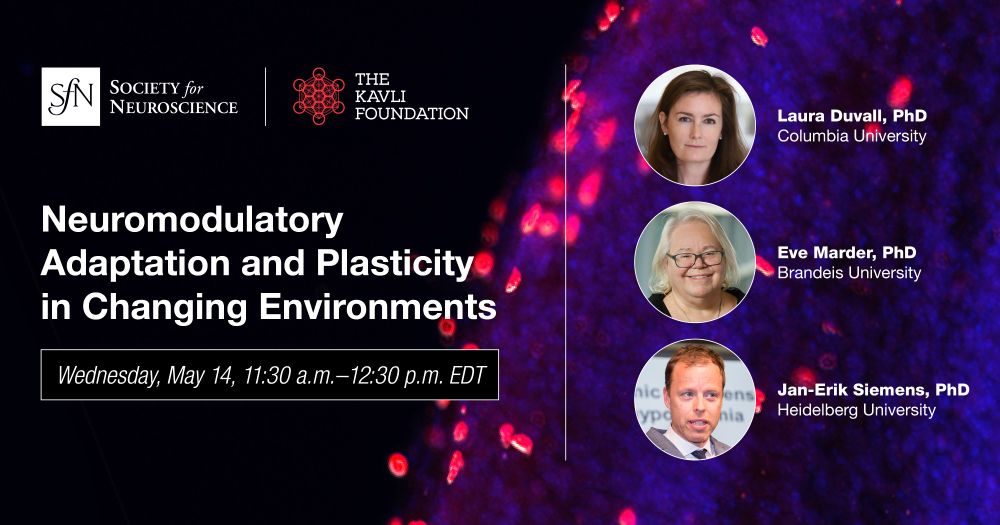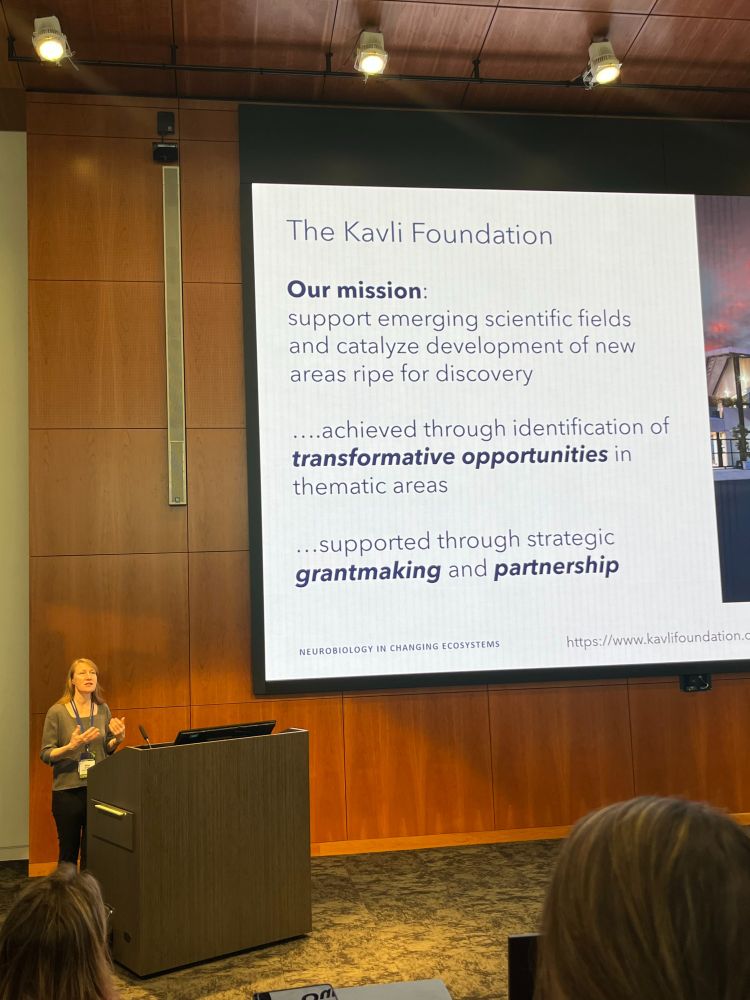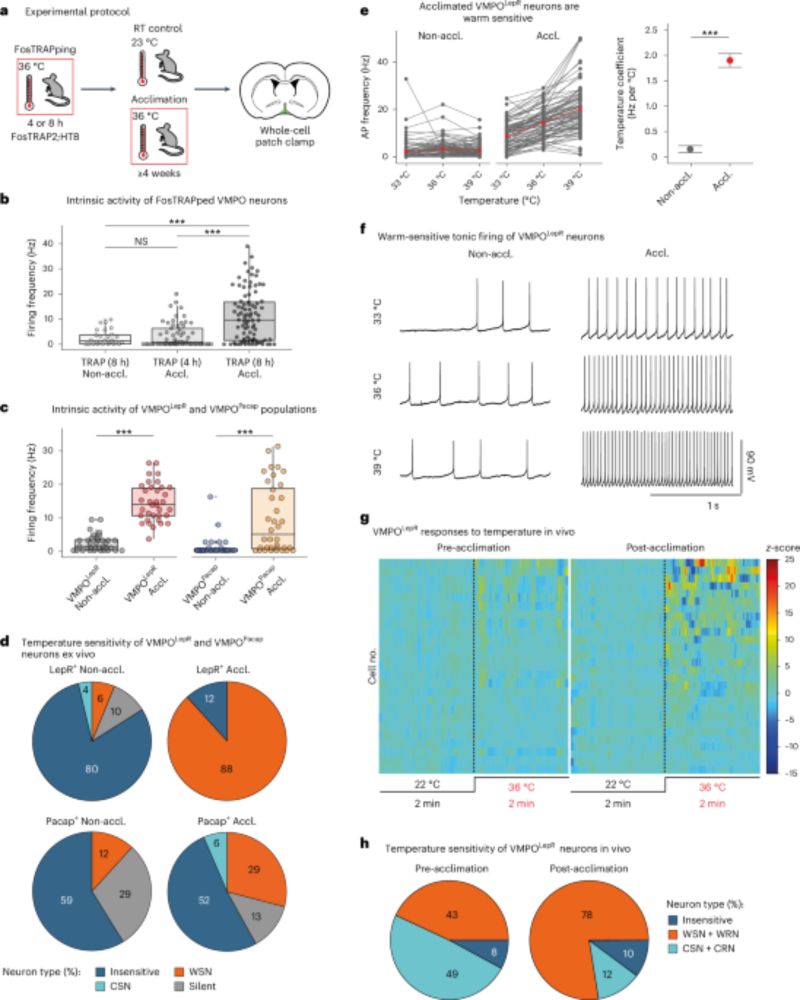


Join the conversation as experts discuss mechanisms of neural adaptation in changing environments and recent advances in the field.
Register now: bit.ly/4k7h3MX
#NeuroSky

🔗 pubmed.ncbi.nlm.nih.gov/40215103/

🔗 pubmed.ncbi.nlm.nih.gov/40215103/



www.biorxiv.org/content/10.1...

www.biorxiv.org/content/10.1...

www.cell.com/cell-genomic...

www.cell.com/cell-genomic...

It is home to more than 9.5M people. Larger than Virginia or Arizona; more than twice the population of Louisiana or Kentucky.
It has a larger GDP than Ohio or Georgia.
These fires are a truly national crisis.


--AI-Science community all-in on bio foundation models, will no-doubt be awesome
--However, the representation spaces in those models are too structured for most phenomena
--Language will be essential, currently largely underappreciated

If so, the one thing you all can do is persuade colleagues to submit and make this a norm. 1/2
If so, the one thing you all can do is persuade colleagues to submit and make this a norm. 1/2
By @callimcflurry.bsky.social
www.thetransmitter.org/thermoregula...
By @callimcflurry.bsky.social
www.thetransmitter.org/thermoregula...
Here is the gist 🧵 (1/n):

Here is the gist 🧵 (1/n):
As long as I remember to do it, I put only the PMID for my papers in the slides for my talks.
If @ardemp.bsky.social can do it, so can you!

As long as I remember to do it, I put only the PMID for my papers in the slides for my talks.
If @ardemp.bsky.social can do it, so can you!

